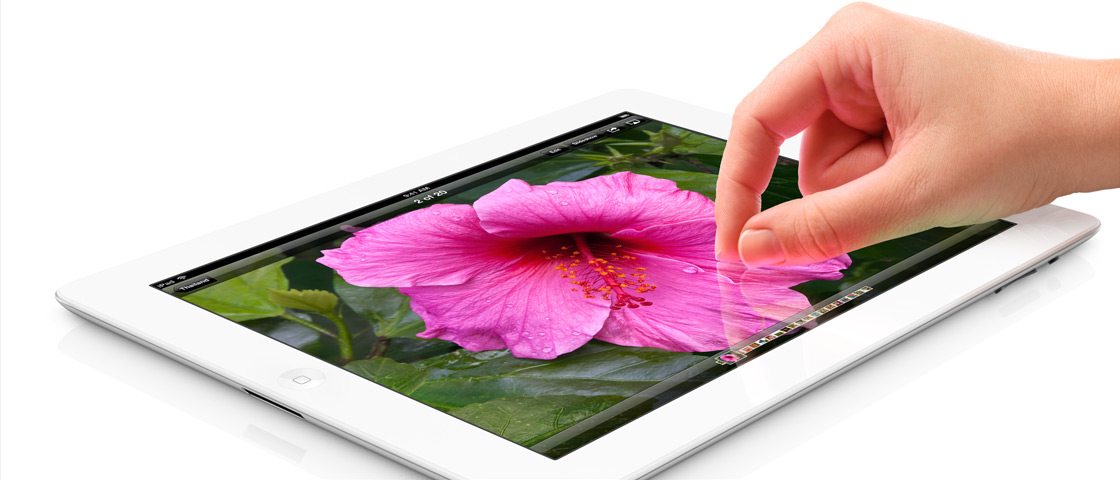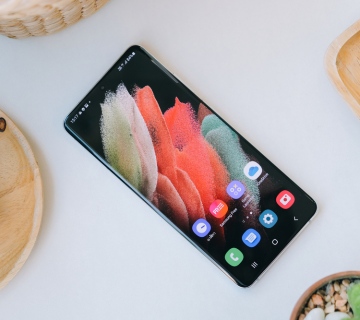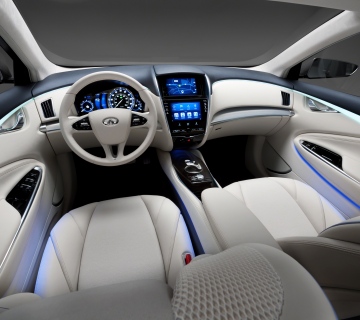With lines wrapped around the block around the world last week with folks waiting for Apple to release the third generation of iPad, tech cynics were already primed to pounce on the new tablet’s seeming lack of newness. There’s still no USB port, the device is actually thicker and heavier than past models, and the battery life is only a small improvement over the iPad 2. All in all, there are plenty of folks out there right now wondering what makes this iPad deserve a whole new generation designation.

The answer is this: Retina display.
At first, it sounds like nothing more than your typical sales gimmick. Indeed, “retina display” comes across as ambiguous marketing speech far removed from Apple’s elegant website copy. But when you get a look at the specs behind the sales pitch and see the new display for yourself, you realize Apple’s large talk isn’t without a product to back it up.
In short, the new iPad has four times as many pixels as the previous generation. That’s a momentous improvement that essentially expands the resolution beyond the capabilities of an HDTV. In all, the iPad 3 features a resolution of 2048 x 1536, which is about a million more pixels than a standard high definition television set.
The technology behind the extreme jump in image quality is almost impressive as the brilliantly hued screen results themselves. The pixels on the iPad 3 are designed in a completely evolutionary way – with the signals placed a distance beneath to prevent the bleeding otherwise inherent with having that many pixels and signals crammed into such a small space.
The engine that powers this level of picture quality is the AFX graphics chip, a remarkable little piece of hardware that manages to fit in the same space as its predecessor while packing four times the punch.
So what are the actual benefits for users? For one, text is not only crisper in its normal setting, but can be ballooned to even larger than before. Secondly, with the help of an all-new aperture design, users can accomplish SLR quality photography through their tablet.
Thirdly, the vast improvement in image quality has in no way compromised speed or performance. SSL management can be conducted side-by-side with intensive video play at the highest of definitions, and you’ll still squeeze over eight hours of life from this device
Apple gives virtually all the credit to the AFX quad-core graphics, but the ability to swipe through images four times larger than usual without even the slightest hiccup is as much a testament to Apple software development as it is to state-of-the-art hardware.
On the outside things look the same and arguably a little worse, but all you need to do is turn on your iPad 3 to literally see four times as much as you have before.





